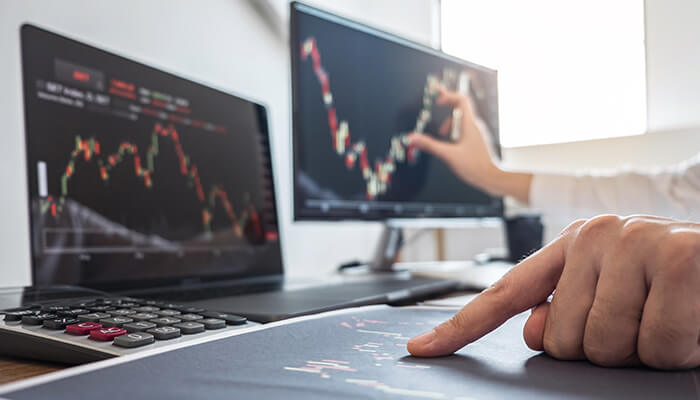In the ever-evolving world of financial markets, trading has reached new heights with innovative platforms, offering traders the opportunity to engage in various forms of online trading. One of the most intriguing and potentially profitable aspects of trading is the foreign exchange market, or Forex. As digital currencies like Bitcoin continue to capture the attention of investors worldwide, some traders are incorporating these cryptocurrencies into their portfolios, seeking additional avenues for profit. For those seeking to delve into the world of forex, understanding and utilizing fundamental analysis, including factors that influence traditional currencies and emerging digital assets like Bitcoin, can be the key to unlocking trading success.
In this article, we will explore how traders can turn fundamental analysis into trading gold, enhancing their decision-making process and increasing their chances of making profitable trades.
Unlocking the Power of Fundamental Analysis
Fundamental Analysis: The Foundation for Successful Trading
Before we dive into the intricacies of turning fundamental analysis into trading gold, let’s establish the fundamentals. Fundamental analysis is a method of evaluating a financial asset’s intrinsic value by examining various economic, financial, and political factors that may affect its price. It’s the bread and butter of many successful Forex traders, as it provides a solid foundation for making informed trading decisions.
A Platform for Trading Excellence
In the world of online trading, having a reliable platform is paramount. The platform offers a range of tools and features that cater to traders of all levels. With a user-friendly interface and access to various financial markets, including cryptocurrencies, stocks, and Forex, it has become a go-to platform for traders seeking opportunities in the digital age.
The Role of Fundamental Analysis in Forex Trading
Fundamental analysis of forex involves assessing the economic health and stability of a country or region whose currency you intend to trade with. It considers factors such as interest rates, inflation rates, political stability, and economic performance. By analyzing these elements, traders can make educated predictions about currency movements.
Step 1: Understanding Economic Indicators
One of the first steps in turning fundamental analysis into trading gold is understanding the significance of economic indicators. These indicators provide valuable insights into a country’s economic health and can signal potential trading opportunities. Some key economic indicators to watch out for include:
1. Gross Domestic Product (GDP):
GDP measures a country’s economic output and growth. Rising GDP often leads to a stronger currency.
2. Interest Rates:
Central banks set interest rates, which can significantly impact a currency’s value. Higher interest rates can attract foreign capital, boosting a currency.
3. Inflation Rates:
High inflation rates can erode a currency’s purchasing power, leading to depreciation.
4. Employment Data:
Low unemployment rates can indicate a healthy economy and a potentially stronger currency.
Step 2: Staying Informed About Global Events
Fundamental analysis extends beyond economic indicators. Traders must also stay informed about global events that can influence the forex market. Geopolitical events, such as elections, trade agreements, and conflicts, can have a profound impact on currency values. Staying updated through reputable news sources and analyzing their potential effects on currency markets is a crucial aspect of fundamental analysis.
Step 3: Utilizing Forex Tools and Resources
To turn fundamental analysis into trading gold, traders should leverage the tools and resources available to them. Platforms provide access to real-time market data, economic calendars, and expert analysis, making it easier for traders to stay informed and make well-informed decisions.
Risk Management: The Golden Rule
While fundamental analysis can be a powerful tool, it’s essential to remember that no trading strategy is without risks. Risk management is the golden rule for any trader, regardless of their expertise level. Here are some risk management strategies to consider:
1. Set Stop-Loss Orders:
Define the maximum amount of risk you are willing to take on a trade by setting stop-loss orders.
2. Diversify Your Portfolio:
Avoid putting all your capital into a single trade or asset. Diversification can help mitigate potential losses.
3. Use Proper Position Size:
Determine the appropriate position size based on your risk tolerance and the size of your trading account.
Conclusion
In the exciting and dynamic world of Forex trading, turning fundamental analysis into trading gold is a goal many aspire to achieve. By understanding economic indicators, staying informed about global events, and utilizing the resources available on platforms, traders can increase their chances of making profitable trades. However, it’s crucial to remember that no trading strategy is foolproof, and risk management should always be a top priority. With dedication, discipline, and the right tools at their disposal, traders can navigate the Forex market with confidence and aim for success.



